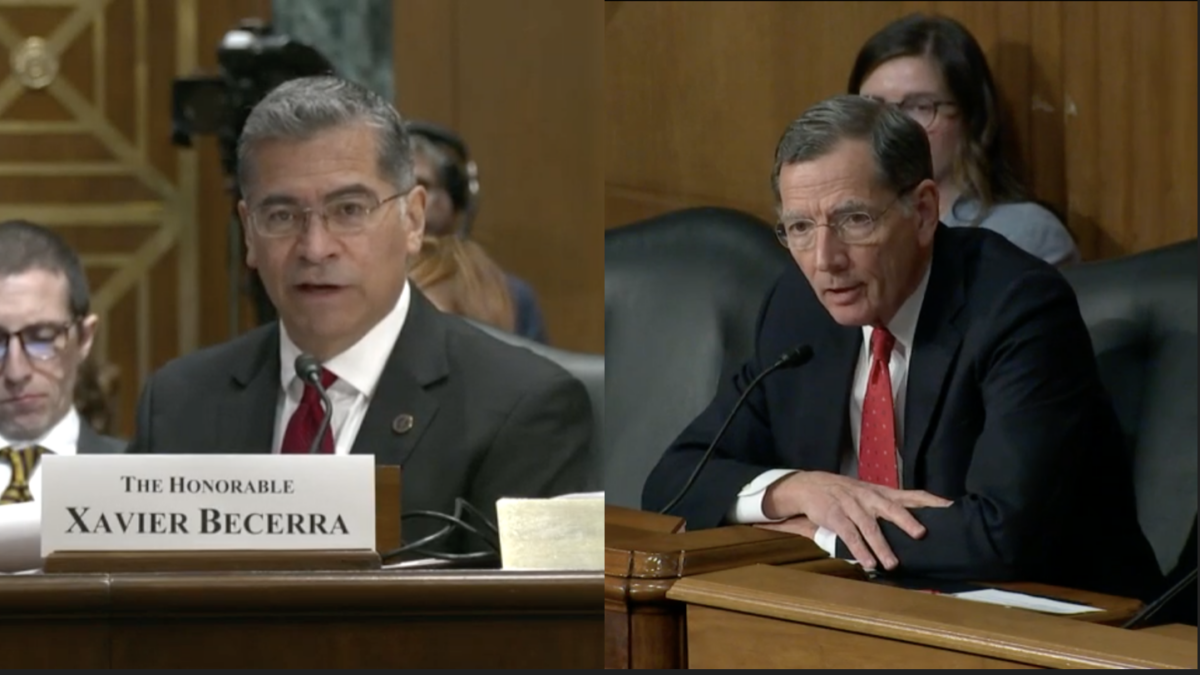
Except for the symbolism of his “big, beautiful wall,” President Trump could save himself billions of dollars and several years by stemming illegal immigration using a tool already at his disposal: the U.S. Tax Code.
With a stroke of his pen, Trump could simply direct the IRS to favor American businesses that hire persons legally permitted to work in the U.S. This policy of Affirmative Wage Deduction (AWD) would cause an instant exodus of undocumented immigrants, potentially recoup billions of dollars in federal tax subsidies, and turn off the employment magnet that now draws thousands of illegal immigrants to breach our borders.
How Trump Could Build A Digital Wall
To do this, Trump should direct the Internal Revenue Services to redefine the terms “eligible wage and vendor deductions” under the tax code to require verification through an existing online database called the E-Verify System, which is compiled and operated by the Social Security Administration.
E-Verify contains each enrollee’s birth date, place of birth, address, Social Security Number, and other personal data.
Under the new definition, any employer who wishes to reduce its taxable income by deducting payments to employees or independent contractors would use E-Verify to determine if those payees were “Confirmed” or “Tentatively Non-Confirmed” as legally able to work in the U.S.
If the worker is confirmed, then E-Verify System could send an authentication code to the employer and to the IRS. When the IRS receives this code, it would get the green light to allow the deduction claimed by employers.
If the IRS does not, it will automatically erect a virtual “wall,” to detect non-confirmed labor expenses claimed in the employers’ tax returns.
The result: Legal workers are let in and illegal workers are kept out of the tax equation, with the employer feeling the difference in its pocketbook. The use of cheap and illegal labor to deprive Americans of entry-level jobs will no longer be unfairly rewarding those employers who are the financial beneficiaries of illegal immigration.
This System Fixes Our Financial Incentives
Of course, this doesn’t prohibit companies from hiring undocumented workers and many may still find it cost-effective to do so. As proposed here, this system would not be used as a permission-to-work program or a law enforcement tool by the U.S. Immigration and Customs Enforcement Agency.
AWD would not affect the gardeners, baby-sitters, and handymen who are paid cash with after-tax earnings by homeowners, who cannot claim these expenditures as business expenses.
AWD is a compelling tax-incentive program for businesses that follow the immigration laws and eliminates the competitive advantage enjoyed by employers who flout these laws. At a combined federal and state, marginal tax rate of over 50 per cent in California, for example, any business owner would earn greater profits hiring a legal worker at $19 an hour than hiring an illegal worker for $10 an hour.
Why should wages paid to persons who illegally entered or over-stayed their visa be allowable deductions, any more than parking tickets, which are currently disallowable deductions according to IRS rules?
This Approach Fixes Our Problems Without Unfair Discrimination
Within months of adopting this change, millions of illegal immigrants employed in the hospitality, meat-packing, agriculture, construction, and garment industries would be replaced by citizens without college degrees—the same voters who made up the core of President Trump’s voting base.
Best of all, this approach does not discriminate by race, ethnicity, language, accent, industry, region of employment, or other markers that could be used by law enforcement to discriminate and disproportionately target the Hispanic population. By using the Social Security database, almost all working Americans would participate in AWD and no subgroups unfairly targeted. And most important for tax payers and unemployed workers, this digital wall could be built more quickly at a fraction of the cost of 2,000 miles of bricks, mortar and barbed wire.
The president should stop blaming Congress for inaction on the concrete wall. He should keep his promise to his supporters and sign an executive order to create this “big, beautiful digital wall.”








